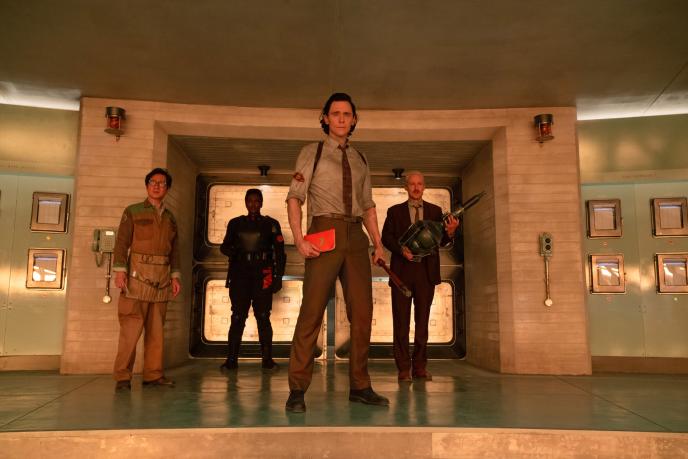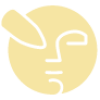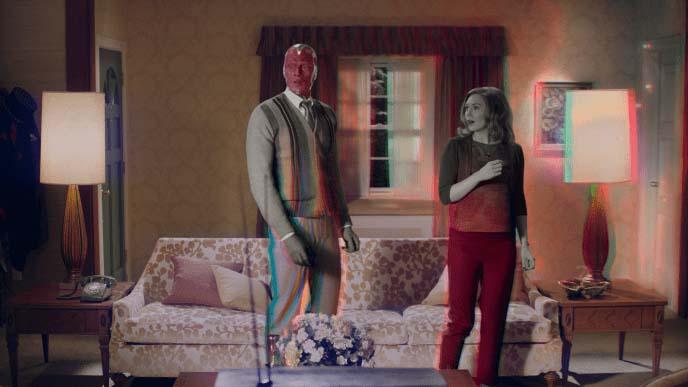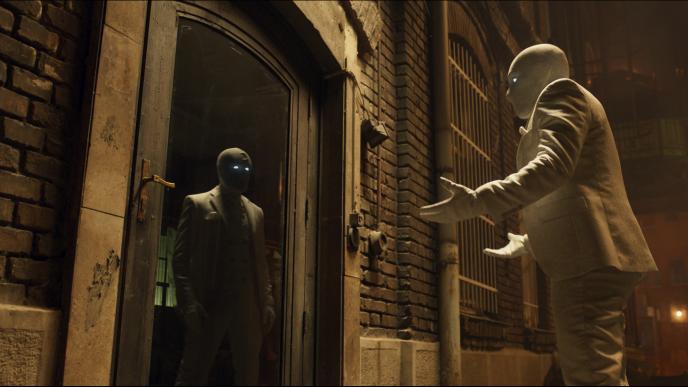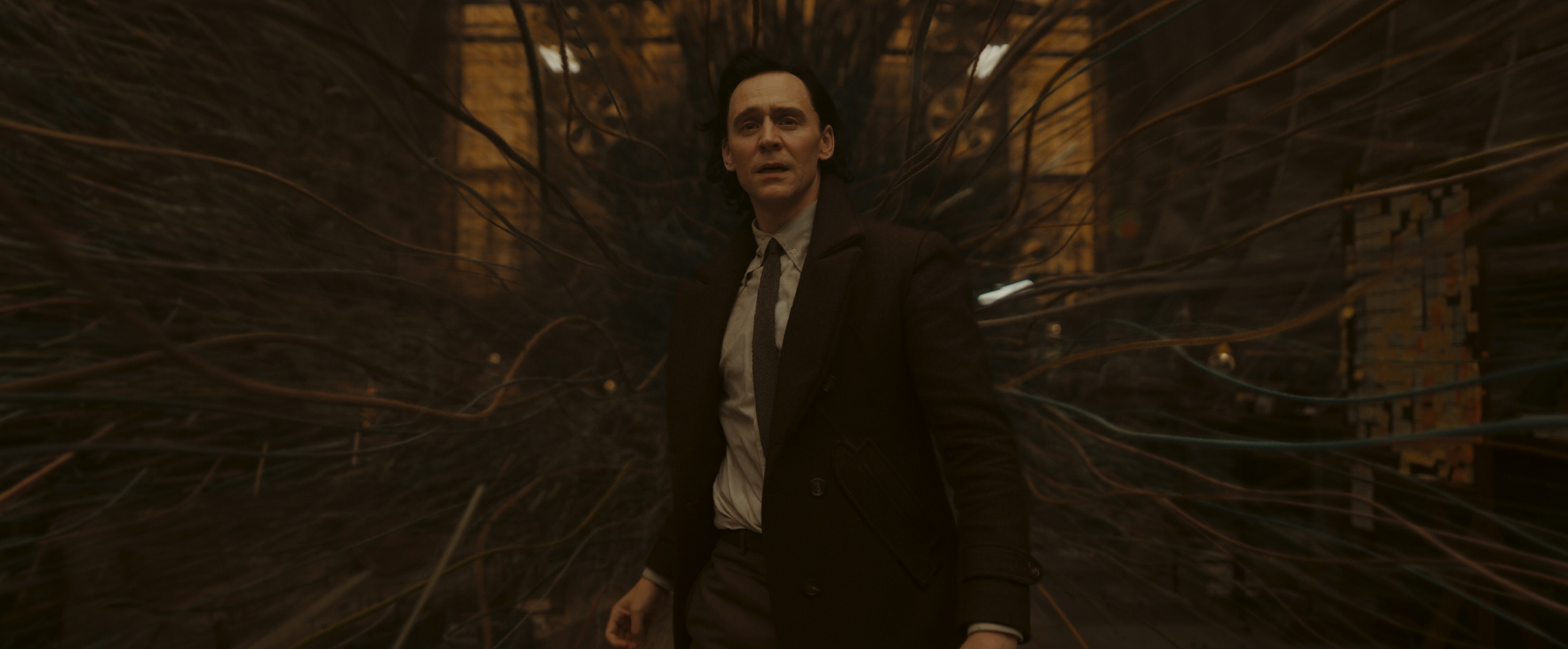
Loki Season 2
Framestore provided a comprehensive suite of pre-production through Framestore Pre-Production Services (FPS), laying solid foundations for the intricate visual effects that are integral to the plot of Loki Season 2. VFX Supervisor Matthew Twyford led the London teams, supported with tracking services from the studio in Mumbai, delivering circa 250 visual effects shots.
Season 2 picks up in the aftermath of the shocking season 1 finale when Loki finds himself in a battle for the soul of the Time Variance Authority (TVA). Along with Mobius, Hunter B-15 and a team of new and returning characters, Loki navigates an ever-expanding and increasingly dangerous multiverse in search of Sylvie, Judge Renslayer, Miss Minutes and the truth of what it means to possess free will and glorious purpose. The visual demands for the series - from the neverending 1970’s office expanse of the TVA to FX-heavy ‘time slipping’ glitch simulations - required an efficient plan. Framestore Pre-Production Services (FPS) provided pre-vis, post-vis, and tech-vis for the series in its entirety. “We designed entire sequences, from initial concept through to the final shoot methodology,” explains Visualisation Supervisor Michelle Blok. “Pre-production was crucial for the VFX pipeline, establishing vital shoot components like camera angles and set up, reducing any need for reshoots.” FPS’ postvis was a particularly valuable asset to the production, ensuring the directors Justin Benson and Aaron Moorhead’s vision was accurately brought to life. “We were able to seamlessly integrate the FX we had developed in previs into our postvis shots”, clarifies Blok.” A task made easier due to the fact the previs shots matched so closely to their postvis counterparts.”
The Time Variance Authority (TVA)
The series sees the return of the Time Variance Authority (TVA) headquarters, an infinite 1970’s office expanse, with endless cubicles. Framestore’s teams evolved the environment from the first season of Loki, reimagining what the setting would look like in the variant timelines that he visits. “There are so many layers to the TVA - we have the external expanse that we see Loki jump into at the start of the series as he flees Mobius in a past TVA,” explains VFX Supervisor Matthew Twyford. “And then we have the interior expanse, extending the set and adding all the cubicles and desks. Each one presents its own challenges to realistically present two infinite spaces that sit alongside each other.”
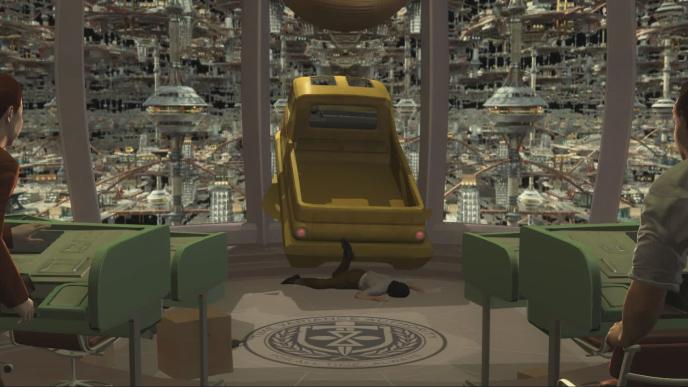
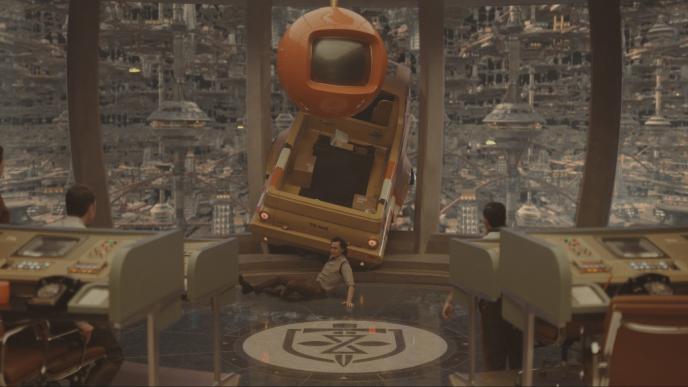
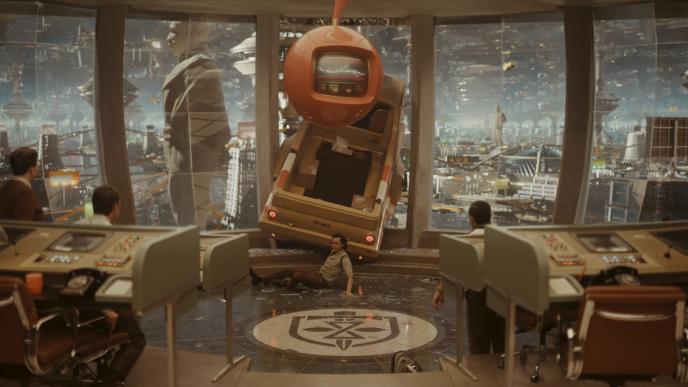
Time and Time again
As Loki attempts to disentangle the rapidly expanding multivariate universes, he is dragged between different times. This action, known as time-slipping, sees his body momentarily distorted as he shifts through time and space. “This is the first time we’ve ever seen time-slipping in the MCU (Marvel Cinematic Universe),” states VFX Supervisor Matthew Twyford, “so our VisDev teams did a huge amount of visual development to work out what that might look like. In total, Framestore delivered about 50 time slips, and each one is uniquely handcrafted.”
“We started out using a scene from season one as test footage, creating a variety of static and motion concepts, exploring a range of ideas for the filmmakers,” explains Head of Visual Development Owen Jackson. The team tested different approaches, using vapour, some appearing almost ghost-like, but eventually decided on the stringy distortion you see in the final shots. “It’s an involuntary action for Loki so it had to feel disruptive, to look painful, and most importantly, to be visually distinctive from any other effects simulation in the series and the wider cinematic universe.”
Once the look of the simulation had been established, the team had to work out how it would need to be shot in order to generate the final effect. “We handed the torch to FPS, who designed full sequence edits using these FX” confirms Jackson. “This helped inform the shoot, identifying the range of motion and timing of the performance to work best with the FX we had designed.” Loki actor Tom Hiddleston repeated each time-slip performance with slight variations so that the artists could blend them together to create the final effect.
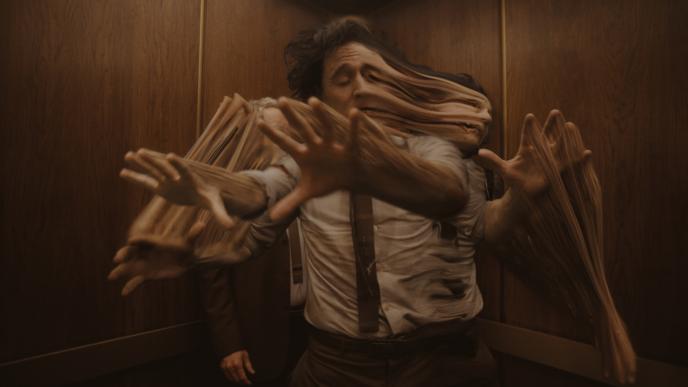
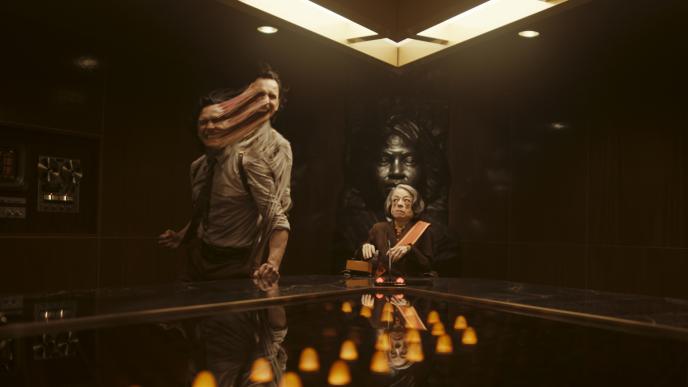
Spaghettification
Alongside time-slipping, the other standout effects simulation in the series is spaghettification. Caused by the breakdown of time and space, the phenomenon sees objects unravelling into strands of time. As realities begin to crumble into non-existence, we see people, objects, and environments breakdown and unravel into an infinity of dead time strands. “It took some time in visual development to get right,” explains Twyford. “Although we understood the premise, the physical transformation of all these different types of matter into spaghetti-like strands presented a really technical challenge. We’ve seen people fade away before with Thanos’ snap, this had to feel just as tangible and frightening while looking totally different - the snap was about erasing people, whereas spaghettification is breaking down their temporal cohesion until it’s nothing.”
“Just like with the time slipping, we started with an exploration of concepts,” explains Jackson. “FPS then planned out the sequences in pre-vis, and for the most part we shot the record store and other Spaghettification sequences one for one with the pre-vis. It was an excellent foundation.” Then began the second round of visual development, taking EXR scans directly from the set, and performing a round of visual development in photographic context using real shots. “Ultimately we delivered a very polished round of concepts in VisDev phase 2 for both Time slipping and Spaghettification,” summarises Jackson.
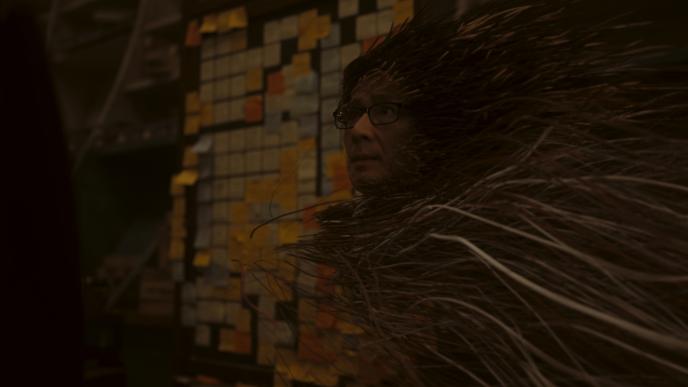
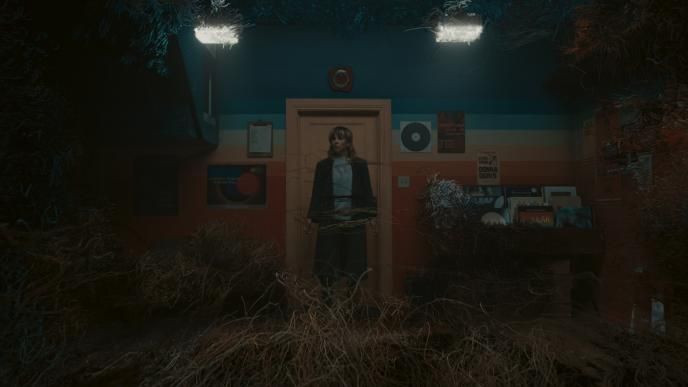
The God of Stories
In the season finale as Loki destroys the temporal loom, he harnesses his control over the timelines and is seen gathering the timeline strands, weaving them together to form the throne he assumes. The sequence presented another seemingly infinite environment for the Framestore team to create, and another technically challenging effect to design. Framestore’s Art Department established the look and feel of how the series portrays timelines as tangible objects, strings that twist and combine into ropes or vines, holding together a tree-like structure. “In Norse mythology there’s a tree, Yggdrisil, that supports the universe, and connects all Nine worlds including the underworld (Niflheim), the earth (Midgard), and Loki’s home, Asgard,” explains Art Department Head, Martin Macrae. “So when it came to designing the concepts for what time would look like, we thought of the tree and its expansive roots, branching off like all of the variations and multiverses. Hundreds and thousands of small roots that at some point grow together to create this enormous tree.”
“We knew from the outset that this sequence would be something truly epic,” adds Twyford. “Our Art Department produced some great concept art to establish what it might look like, and then through pre-vis, postvis and final VFX we kept building and building, making it bigger and bigger until it became worthy.”
Loki S2 debuted on Disney+ on 6 October.
